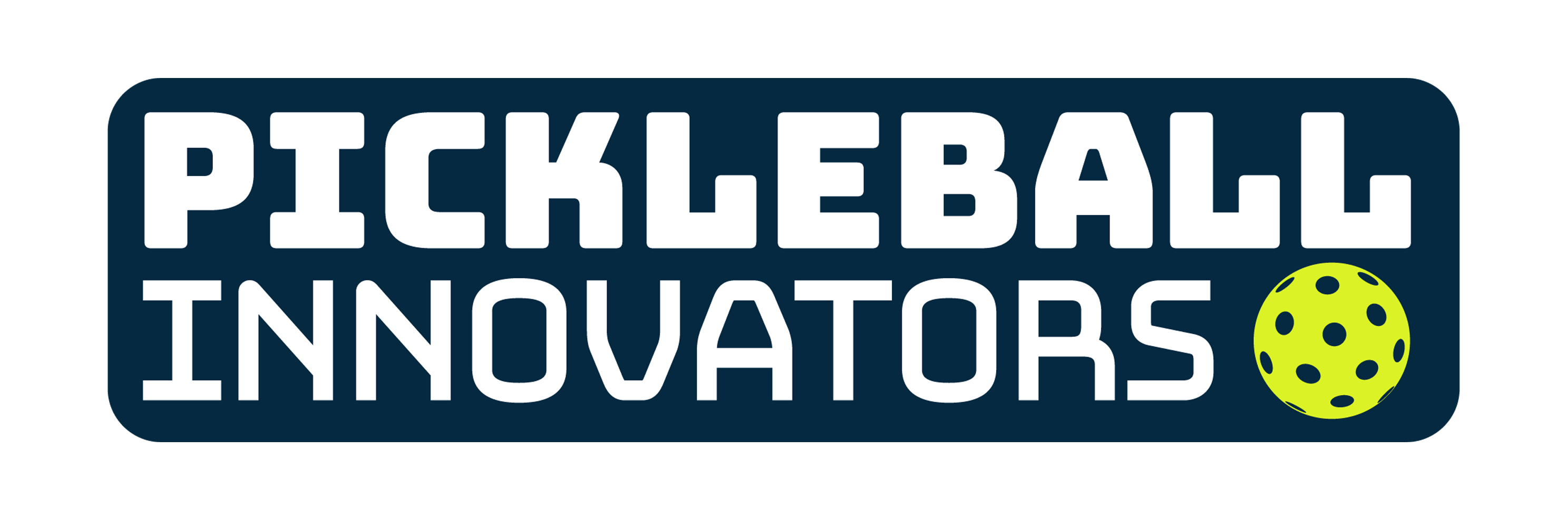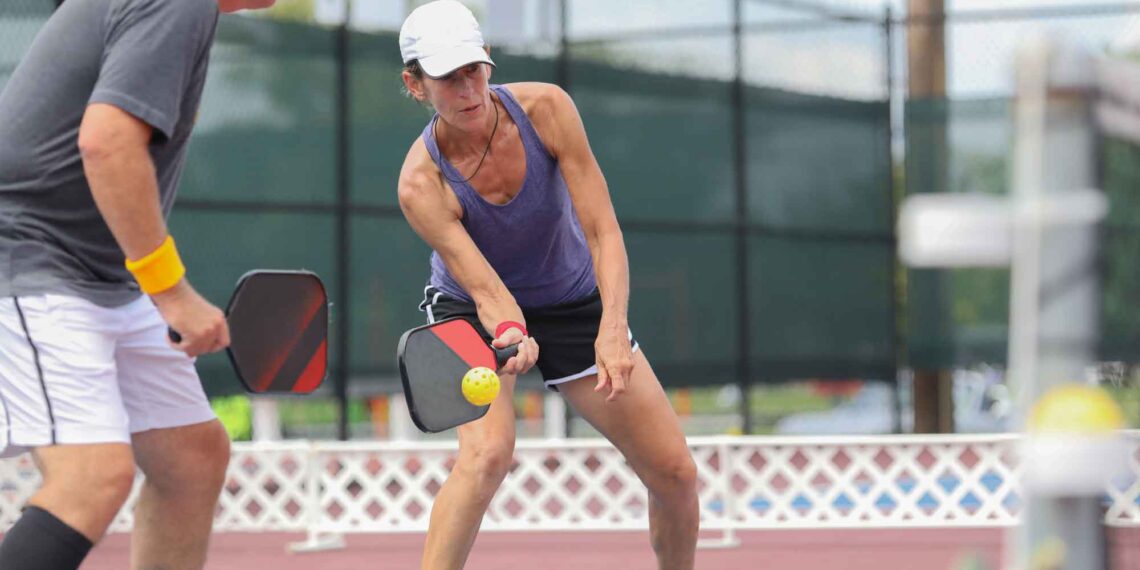Tips for overcoming pickleball noise complaint challenges as a pickleball business owner or operator.
The growth of pickleball has been accompanied by an increase in community noise complaints, presenting a unique challenge for businesses and municipalities looking to develop new pickleball courts or convert tennis courts for the sport.
In Cape Shores, Delaware, two homeowners have filed a lawsuit against the Cape Shores Homeowners Association citing noise concerns associated with pickleball.
The New York Times even published a piece on June 30, 2023, that outlined the petitions, calls to the police and lawsuits that can surround pickleball noise in certain communities.
What’s a pickleball business owner to do? Overcoming these challenges requires a multifaceted approach, focusing on community engagement, innovative design and strategic planning.
Engage with the Community
Before initiating new developments, consider holding community meetings to discuss concerns and potential solutions. Transparency and openness to feedback can go a long way in mitigating resistance and fostering cooperative relationships.
Implement Noise Reduction Technologies
- Paddle and Ball Selection: Use paddles and balls designed for noise reduction. Options include paddles with thicker cores and materials that absorb sound — such as polypropylene honeycomb cores — and balls that minimize impact noise.
- Court Surface Materials: Consider using cushioning materials for court surfaces to absorb more sound, which can significantly reduce noise levels.
Design and Location Considerations
- Strategic Court Placement: Build courts away from residential areas if possible, or incorporate natural landscapes to act as sound barriers.
- Soundproofing Materials: Utilize sound barriers and soundproofing materials around the court area. Materials like Mass Loaded Vinyl and other acoustic products can deflect, interrupt or absorb sound waves, thus reducing the noise that escapes to the surrounding areas.
With any product or solution, be sure to do your research to ensure products claims are accurate.
Policy and Schedule Adjustments
- Regulate Play Times: Limit playing hours to avoid early morning or late evening play when noise might be more disruptive to nearby residents.
- Monitor Noise Levels: Regularly check that noise levels are within acceptable limits and take corrective action as needed.
Educational Initiatives and Collaboration
Educate players and the community about the efforts being made to reduce noise and work together to find mutually beneficial solutions. Collaboration with local authorities can also help in finding the best practices for noise management in your area.
By addressing the noise complaints proactively with these strategies, you can ensure that your pickleball business not only thrives but also maintains a positive relationship with the community.
With over a decade spent covering the business side of sports and fitness, Rachel Chonko brings a wealth of experience and a true passion for active communities to Peake Media. As Editor-in-Chief, she’s focused on helping pickleball clubs and fitness facilities thrive, from guiding growth strategies to showcasing the latest industry trends. Rachel also hosts the Club Solutions Magazine Podcast, where she interviews leaders in fitness and pickleball to share insights and success stories with the wider community to give her listeners a competitive edge.
After taking up pickleball herself, Rachel has come to appreciate the sport’s unique blend of social connection and active living — a mix that’s perfectly in line with her editorial philosophy. Connect with her on LinkedIn, or check out her articles below for a deep dive into the energy and culture driving pickleball’s rapid rise.







